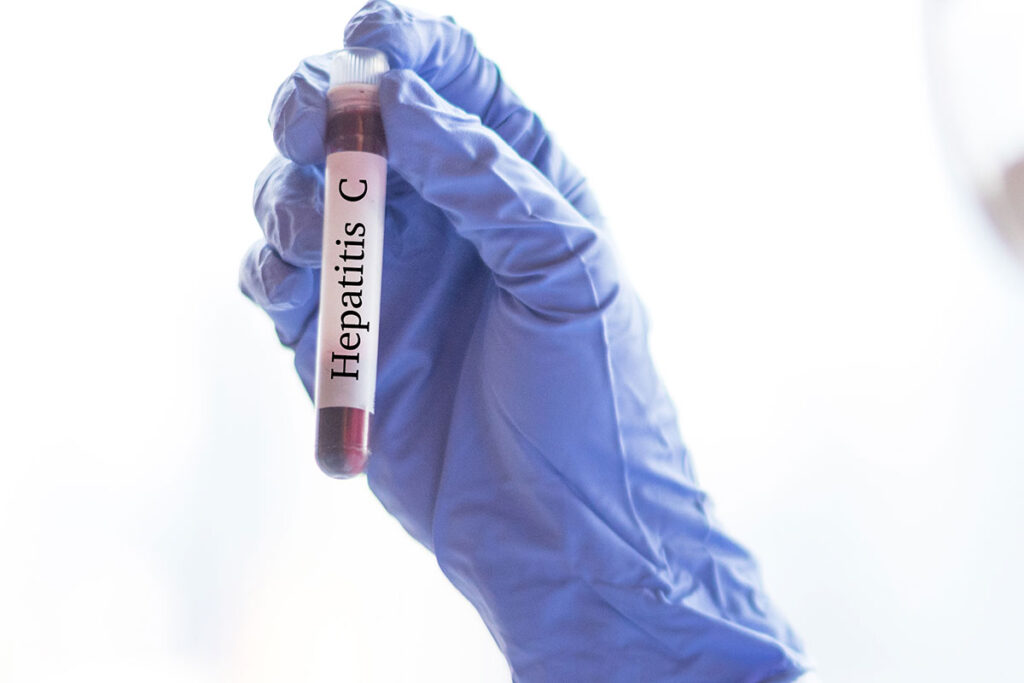Editor’s Note: This perspective was originally published on The Hill on Dec. 9, 2023.
The case for the Biden administration’s initiative to eradicate deadly hepatitis C is simple. It aims to rescue millions of lives, in line with the World Health Organization’s target of eliminating the disease by 2030.
Biden’s approach in the United States builds on novel subscription models employed in Louisiana and Washington that sought to expand access to cures. As noted by the leader of this effort, former National Institutes of Health Director Francis Collins, the costs to taxpayers of living indefinitely with hepatitis C are much higher than paying to eliminate the disease now.
Unfortunately, the case against the initiative is equally straightforward. As health policy experts we have studied the proposal and found that it will pay billions more than what is needed to achieve Collins’s goal. A better path is to unleash private sector solutions through administrative actions that would not require congressional approval.
The White House is asking Congress for $11 billion over five years to fund a federal version of treatment efforts in Louisiana and Washington using subscriptions — sometimes referred to as the “Netflix” model — an approach one of us pioneered. While such a plan is a necessary ingredient to a fix, the experience in both states demonstrates it is hardly sufficient.
In 2019, each state contracted with a single drug company (Gilead in Louisiana and AbbVie in Washington) to supply all the pills it could use for five years with a cap on the total annual payment — not to exceed what the state paid in 2018.
In other words, the states transitioned from paying a price for each pill to paying one price for all pills. The drug companies profited because they were guaranteed a much higher market share in each state. Patients were supposed to benefit from increased access to a cure.
Now in their fifth year, the experiments are treating only slightly more patients at somewhat lower costs than when the programs began. Both states have been unable to find, test and treat enough infected patients.
Clinicians are not surprised that the treatments are going begging. Hepatitis C is not the main problem these patients have in life. Most don’t even know they have it — or are asymptomatic if they do know. Many are homeless or incarcerated. Many suffer from HIV or drug addiction and have a high rate of mental illness.
It is apparent that creative drug pricing alone does not address the challenge and needs to be paired with effective, ongoing ground games that attract and support patients.
Some money in the White House plan is set aside for a public health campaign, but a huge segment of the $11 billion will likely go directly to drug companies, perhaps having the drugs paid for federally as was done with the COVID-19 vaccines and Paxlovid, the COVID treatment.
Instead of this massive nationalized program, the White House could make four administrative changes that would jump-start private-sector solutions in each state. With these changes, the door will swing open to drug companies competing for state contracts that include outreach services as well as hepatitis C treatments.
First, the Department of Health and Human Services must update its anti-kickback rules. Congress passed the Stark Laws in 1972, and the Anti-Kickback Statute has been interpreted to prevent drug manufacturers from offering inducements to patients to use their products over others.
The statute was so sweeping that patients lost out on many other discounts, so Congress amended the law to give the Department of Health and Human Services the power to determine which practices deserve “safe harbor” from kickback enforcement. HHS needs to implement a safe harbor so the manufacturers can provide hepatitis C testing and treatment services while expanding their markets.
Second, HHS needs to update its “best price” policies. By law, drug manufacturers cannot charge state Medicaid programs more than they offer in the private market. But if novel pricing arrangements — like the Netflix model — decouple the total payment from quantity, it isn’t clear how to compute a “best price.” At a minimum, HHS must eliminate the best price liability for a manufacturer participating in an approved hepatitis C elimination program.
Third, state Medicaid and prison systems currently face a burdensome process at the Centers for Medicare and Medicaid Services to receive approval for hepatitis C elimination programs. This could be vastly simplified since every state program seeks the same goals and would use the same tactics to eradicate the disease in their populations.
Fourth, the current White House proposal includes plans to facilitate a point-of-care hepatitis C RNA test that will allow immediate initiation of treatment of positive cases at a single visit. This component of the plan should be retained and does not require congressional approval. Such a point-of-care RNA test is already in use in other countries. Private companies could do this testing effectively.
We estimate that while outreach services could cost as much as $2,000 per treated patient, the drug companies could bundle these service costs with reduced drug pricing under a Netflix model and still drive down overall costs to the states to less than a third of current list prices.
Drug manufacturers would have good reasons to participate. For one, their hepatitis C patents run out in the next decade, and this will be their last chance to profit more fully from these drugs. They will profit because the guaranteed increase in market share provided by each state contract will more than compensate for the reduced bundled price of the drug and service. They will compete because no drug company with a hepatitis c treatment will want to give their competitors free rein in the market.
The administration should move now. Ten years after the introduction of a cure, 14,000 Americans still die from hepatitis C each year. Waiting for Congress to approve a new expensive program will only add to the misery of chronic sufferers and drive the death toll even higher.
Dana Goldman is dean of the Price School of Public Policy and co-director of the Schaeffer Center for Health Policy & Economics at the University of Southern California. Don Simborg is a physician and founder of two companies involved in medical informatics. Immanuel Thangaraj is a venture capitalist with interests in education and medical innovation.
Sign up for Schaeffer Center news


